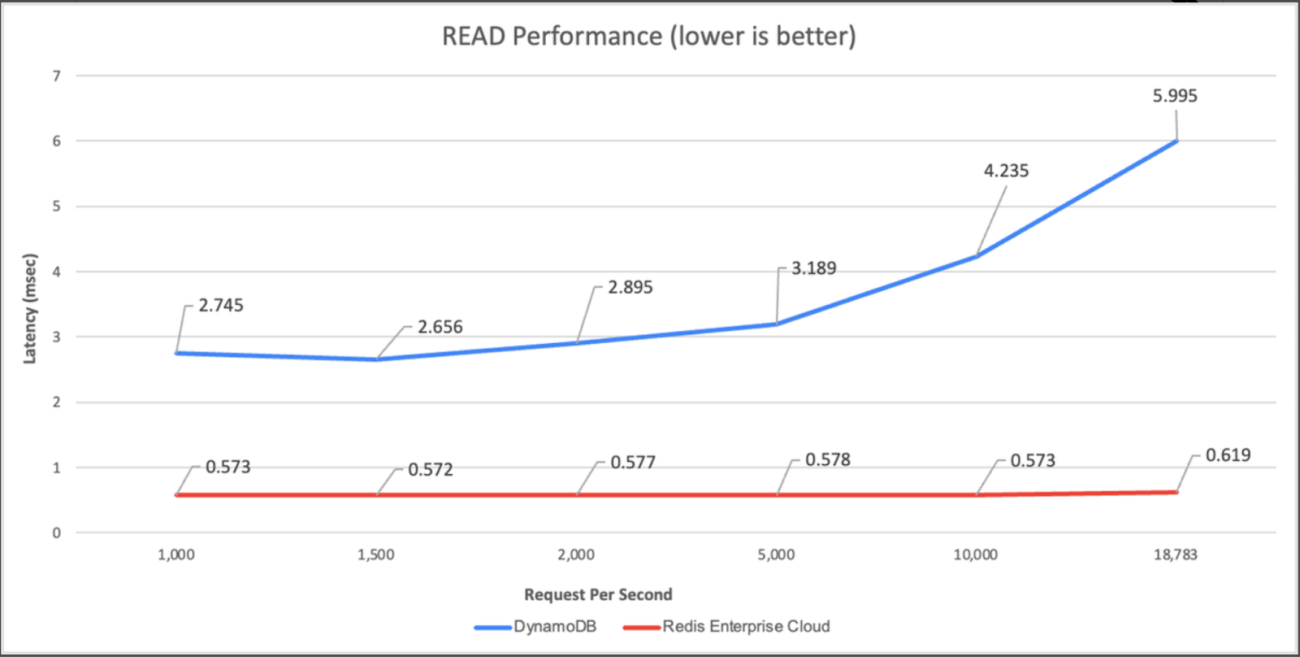|
Listen to this story
|
If real-time use cases on serverless databases had a face it would be of Redis. “Obviously, we at Redis are convinced that SDBaaS Redis is ideal for real-time applications,” said Yiftach Shoolman, co-founder and CTO of Redis, in a blog post, sharing how the popular key-value database system was ahead in the game.
| SDBaaS is a cloud-based database service that allows developers to focus on building applications while operation works of running the applications are taken care of by the cloud provider. |
“The serverless database-as-a-service (SDBaaS) market opportunity is huge, and it is another reason why Redis Enterprise Cloud makes sense for any real-time use cases,” said Shoolman.
According to Shoolman, Redis Enterprise Cloud is easy to manage, flexible, scalable, and extremely cheap. The company believes that the cost of operation is much more meaningful than the cost of storing data, and each operation in Redis is cost-effective. “It ensures real-time experience for your end users, as any database operation can be executed in less than 1 msec,” he added.
In a previous interview with AIM, Schoolman spoke about the challenges with real-time applications. He said that from the time a request is put, nobody wants to wait for more than 0.1s i.e. 100ms, and that every delay in a database is reflected 100 times more to the end user. If a database is slow, the delay is even more aggravated for the end user.

“There’s always a misconception that Redis is expensive because it runs on memory but in the real time world, it is cheaper,” he said.
Redis vs DynamoDB
On the other hand, DynamoDB is a NoSQL database service provided by Amazon. To maintain a swift performance, DynamoDB spreads the data and traffic over a number of servers so as to handle the storage and throughput. The database can create tables capable of storing and retrieving any volume of information at any level of traffic.
In comparison between the two, Redis comes out on top. At 1,000 requests per second, Redis Enterprise Cloud is 6.44 times faster and 15% cheaper than DynamoDB, and at 18,000 requests per second, the cost is at 2% of DynamoDB and 11 times faster.
On comparing Redis and DynamoDB on read (process of retrieving data from the database) and update (process of modifying existing data in the database) performance, by running common workloads with a 50GB fixed dataset, Redis maintained an end-to-end latency of 0.5-0.6 msec while Dynamodb performed no faster than 2.7ms (for read) and 4.4ms (for update).

Source: Redis blog
Redis Enterprise Cloud was built on a serverless architecture from the start, and allows developers to be billed for what they set. Redis enables a single core to manage a large number of operations when compared to other databases that use dozens or hundreds of cores. This results in making the database highly cost-effective. Redis relies on DRAM (Dynamic Random Access Memory) which is faster and more expensive than SSD (Solid State Drive), but the cost for the service is based on the number of operations and not how much data is stored.
Redis vs the World
In addition to DynamoDB, there are a few other SDBaaS platforms that have versatile uses, and probably comes close to Redis’ performance.
MongoDB
A serverless NoSQL database, data in MongoDB is stored in the form of a document. This makes it simpler for developers by providing a flexible schema. When it comes to performance, Redis is faster as it has an in-memory database. This means it is more suited for building intricate data structures, whereas MongoDB is ideal for medium-sized enterprises. However, Redis uses more RAM than MongoDB with large datasets.
CockroachDB
CockroachDB is a distributed, scalable, and generally available open-source relational database management system which is designed to support transactions across multiple nodes in a cluster. CockroachDB can handle large volumes of data and can be used for a wide range of applications. Simply put, the database is designed for scalability and fault tolerance whereas Redis prioritizes high performance and low latency.
With time, choosing an appropriate cloud database has become an increasingly complicated task. In order to enhance efficiency and cost-effectiveness, developers need to sort through a diverse range of instance types, determine the most suitable number of cores, and evaluate several pricing alternatives. Considering how each database is different from the other, it boils down to their functionalities and intended use. Going by the comparison benchmarks and Redis’ in-memory database that pushes for speedy performance, its superiority in the segment is clear.








































